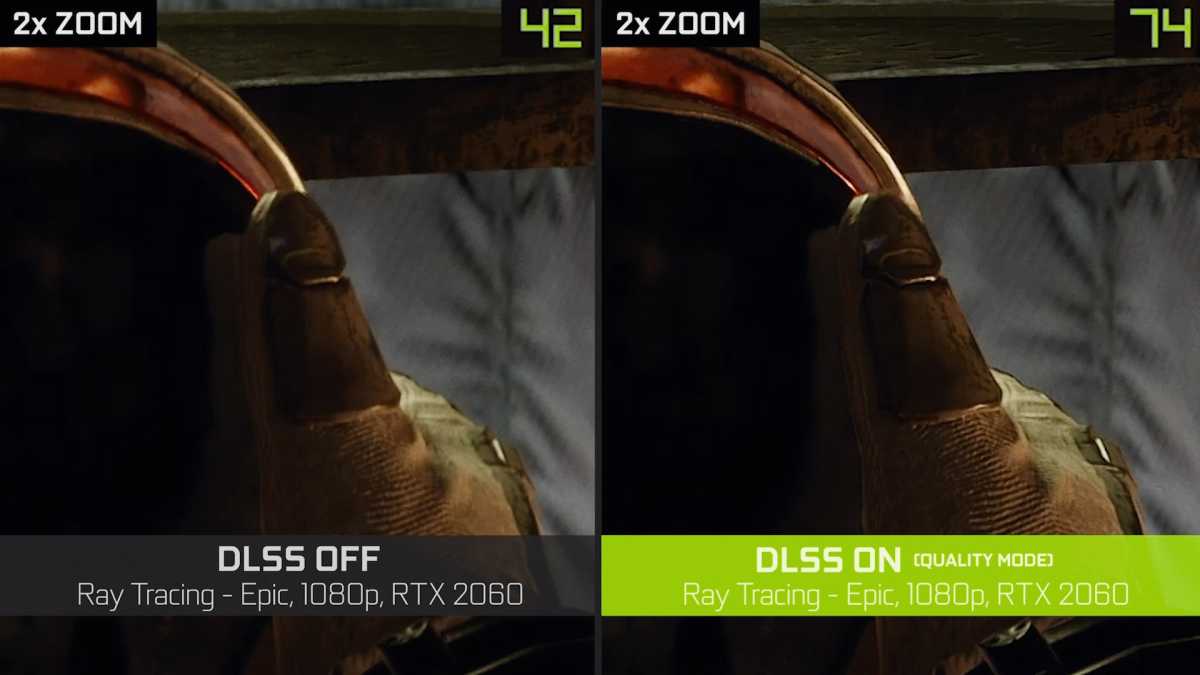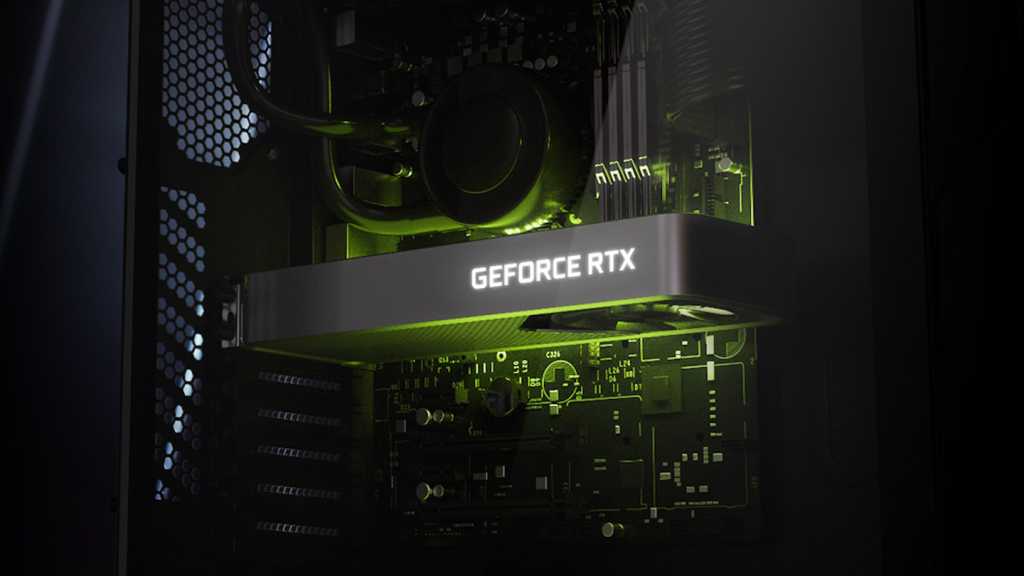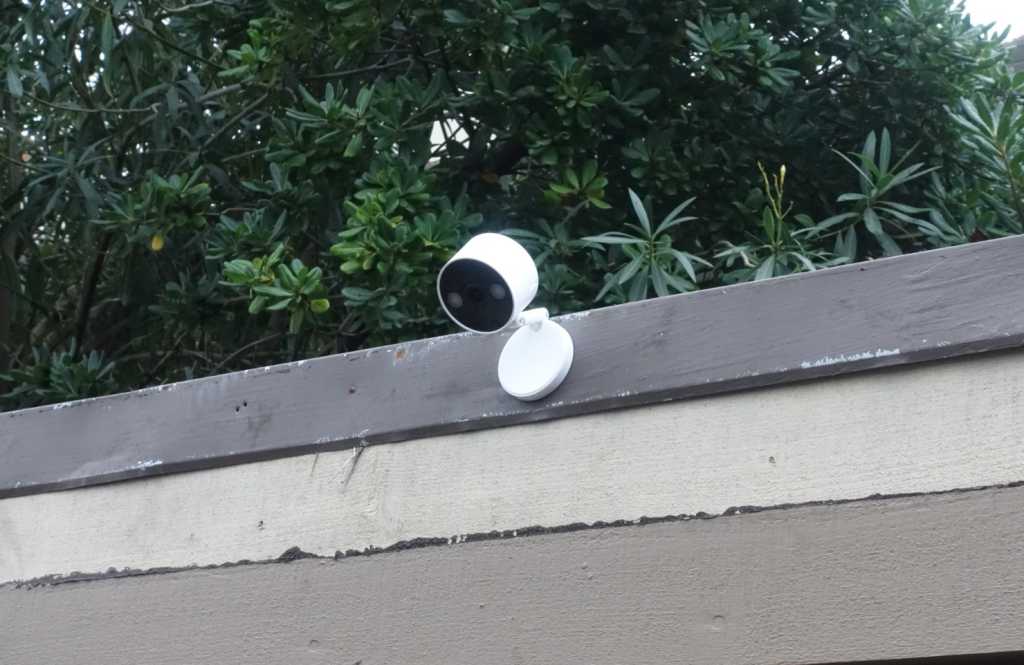Nvidia’s Deep Learning Anti-Aliasing (DLAA) offers a compelling way to elevate the visual fidelity of your PC gaming experience. This technology, closely related to Nvidia’s renowned DLSS, leverages the same deep learning foundation to enhance in-game graphics. But how does it work, and how does it differ from DLSS?
DLAA employs sophisticated machine learning algorithms to smooth out jagged edges and eliminate the “staircase” effect often seen in games, similar to traditional anti-aliasing methods. The key distinction between DLAA and DLSS lies in resolution. While DLSS upscales a lower resolution image to improve performance, DLAA operates at your game’s native resolution, focusing solely on anti-aliasing for optimal image quality.
 Nvidias DLAADLAA prioritizes edge smoothing for enhanced visuals, while DLSS upscales lower resolution images for performance gains.
Nvidias DLAADLAA prioritizes edge smoothing for enhanced visuals, while DLSS upscales lower resolution images for performance gains.
Enabling DLAA in Your Games
DLAA support is currently limited to select titles, including Baldur’s Gate 3, Cyberpunk 2077, Diablo IV, Spider-Man, and Call of Duty: Modern Warfare II. To enable DLAA, navigate to the graphics settings menu within the supported game. You’ll need an Nvidia GeForce RTX graphics card (20-series or newer) as DLAA and DLSS are exclusive to RTX architecture.
DLAA vs. Traditional Anti-Aliasing
DLAA’s advantages are clear. It delivers superior anti-aliasing without sacrificing visual detail, a common issue with methods like Temporal Anti-Aliasing (TAA), particularly in fast-paced scenes. Moreover, the performance impact of DLAA is generally lower than traditional techniques.
DLAA vs. DLSS: Choosing the Right Technology
The choice between DLAA and DLSS depends on your hardware capabilities and the game’s demands. If your system comfortably runs the game at your desired resolution and frame rate, DLAA is the ideal choice for maximizing image quality. DLSS, conversely, shines when achieving target performance is challenging. By rendering the game at a lower resolution and upscaling it with AI, DLSS boosts frame rates, albeit with potential minor visual compromises. DLAA, on the other hand, simply refines the existing image at native resolution.
 DLAADLAA requires game support and a compatible Nvidia GeForce RTX graphics card.
DLAADLAA requires game support and a compatible Nvidia GeForce RTX graphics card.
Finding the Right Balance
Ultimately, the decision between DLAA and DLSS comes down to balancing image quality and performance. Experimentation is key to finding the optimal setting for each game and your preferences. In scenes with significant motion, the difference between the two technologies can be noticeable, with DLAA often producing a sharper image. However, this varies depending on the game and individual visual preferences.
In conclusion, DLAA provides a powerful tool for enhancing visuals in supported games. By understanding its strengths and how it differs from DLSS, you can make informed decisions to maximize your gaming experience.










